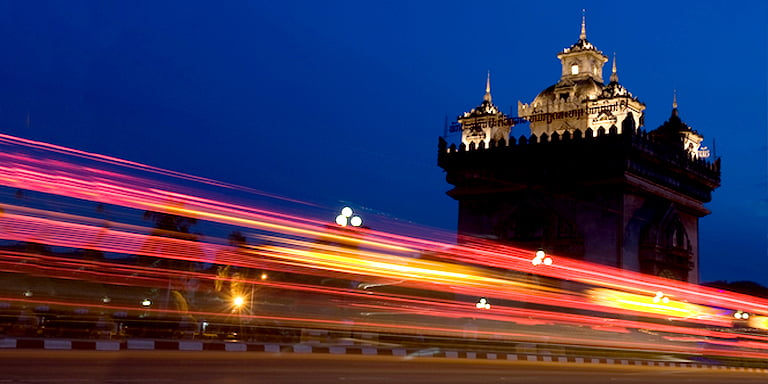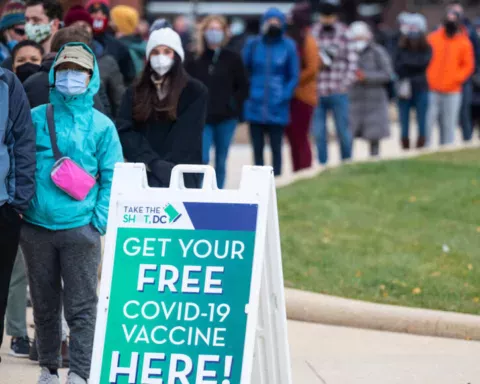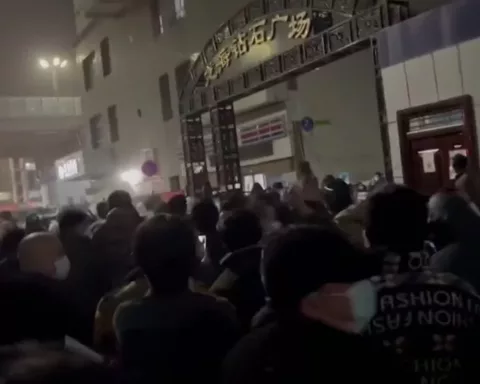Travel has dropped, if not been halted, in many parts of the world due to the coronavirus disease (COVID-19) pandemic. This is expected to heavily impact tourism-dependent countries, such as the Lao People’s Democratic Republic (Lao PDR). Prior to the COVID-19 crisis, tourism in the country was robust and rapidly growing, but tourist arrivals have declined following restrictions on international and domestic travel.
The Asian Development Bank (ADB) estimated the pandemic’s initial impact on tourism enterprises in the Lao PDR’s major destinations by comparing the results of pre-pandemic surveys completed in August 2019 with follow-up surveys in May 2020. Survey results indicated that about half of tourism businesses were temporarily closed in May 2020. About 70% of the surveyed enterprises reduced their workforce, with total employment falling by 38%. Since the country closed its borders, businesses that primarily served international guests have suffered more than those that catered to domestic visitors. To survive the crisis and prepare for recovery, the tourism sector needs assistance, starting with initiatives that can stimulate local travel.
This article is adapted from The Impact of COVID-19 on Tourism Enterprises in the Lao People’s Democratic Republic: An Initial Assessment published by ADB.
Status of tourism businesses in the Lao PDR
In 2019, international tourist arrivals to the Lao PDR reached an all-time peak of 4.79 million, a 14% increase from the previous year. This generated $934 million in international tourism receipts, trailing only mineral exports ($1.43 billion) and electricity exports ($1.32 billion). Recent reports by the World Travel Tourism Council and the Ministry of Education and Sports, estimate that tourism directly contributes to 4.6% to GDP and employs 54,000 workers, about 63% of them are women.
The country implemented a nationwide lockdown on 30 March 2020 that was lifted on 4 May. It closed all international ports of entry, suspended issuance of tourist visas, and banned interprovincial travel. On 18 May, tourist sites re-opened and interprovincial travel was permitted, including domestic flights. However, international borders remained closed to tourists as of October 1. International arrivals to the country dropped to zero in the second quarter due to border closure.
In May 2020, ADB conducted a follow-up survey of accommodation and food enterprises in four popular tourist destinations: Louangphabang province, Vangviang district, Vientiane Capital, and Champasak province. The survey asked 89% of the 366 tourism enterprises interviewed in a previous survey (July–August 2019) about their current operations and employment. Larger enterprises that focus on international guests suffered more from the COVID-19 downturn than those that primarily catered to the domestic market. Only 30.4% of these larger businesses were adapting to the new situation and remained open in May 2020[2] while 69.4% of enterprises that targeted domestic guests continued operating.[3] The impact of COVID-19 was more severe in Louangphabang and Vangviang, where tourism enterprises mainly focused on international and leisure tourists, than in Vientiane Capital and Champasak. Only 22% of survey respondents in Louangphabang were operating either fully or partially in May 2020, while about 65% of the enterprises were still operating in Vientiane Capital, about 50% in Vangviang, and 44% in Champasak.
The survey also found that enterprises targeting international guests laid off 46.3% of their employees, while enterprises that targeted domestic guests reduced the number of their workers by 26.5%.
About 55% of the enterprises surveyed said they had enough savings or access to immediate credit from friends and family to remain in (or resume) business until October 2020. Respondents cited lack of working capital as a major obstacle to continuing or resuming their businesses but were reluctant to borrow from financial institutions. They preferred fiscal support measures, such as tax relief (84.8%) and cash transfers (68.7%). The demand for special refinancing and loan repayment moratoriums were generally low at 35.0% and 25.7%.
When asked about actions the enterprises would be forced to take if the pandemic continued beyond May 2020, 83% said they would have to temporarily close business, 56% said they would have to layoff staff, and 50% said they would have to reduce wages and salaries of their employees. Some enterprises would be forced to take drastic measures such as apply for bankruptcy (21%) and sell their business (11%).
Surveyed enterprises also expressed concern about safety and the need to rebuild consumer confidence and demand as reflected by the high percentage that strongly supported improved COVID-19 screening at borders (83.0%) and for the population (71.5%), as well as a one-year waiver of entry fees to all tourist attractions (63.5%).
Recommendations
The sudden drop in tourist arrivals due to the COVID-19 pandemic had adversely affected tourism enterprises in the Lao PDR. Larger enterprises that targeted international guests suffered more severely than those that mostly catered to local guests and may have not been able to adapt. Promoting more domestic travel will be an important part of the Lao PDR’s COVID-19 recovery plan. Domestic tourism is expected to lead the recovery as locals will be among the first to travel when travel restrictions are lifted.
In order to survive the current crisis and prepare for recovery once the pandemic subsides, the tourism industry also needs government assistance in the short to medium term. Initiatives can include the following:
- Stimulating domestic travel by promoting destinations and travel products; and by encouraging hotels, airlines, and tour operators to develop and advertise travel packages at reasonable prices.
- Joining “COVID-safe travel zones” or “travel bubbles” by allowing managed tourist travel between countries that have been successful in containing the spread of COVID-19, for example, between the Lao PDR, Viet Nam, and the Republic of Korea.
- Offering tax relief and cash transfers to support cash flow of enterprises in the short
- and medium term.
- Improving COVID-19 screening at borders and expanded testing nationwide to reduce risk of infections from domestic and foreign tourists and rebuild consumer confidence to travel.
The growth of Lao PDR tourism before the onset of the COVID-19 crisis has shown that this sector can play an important role in the country’s socioeconomic development.





